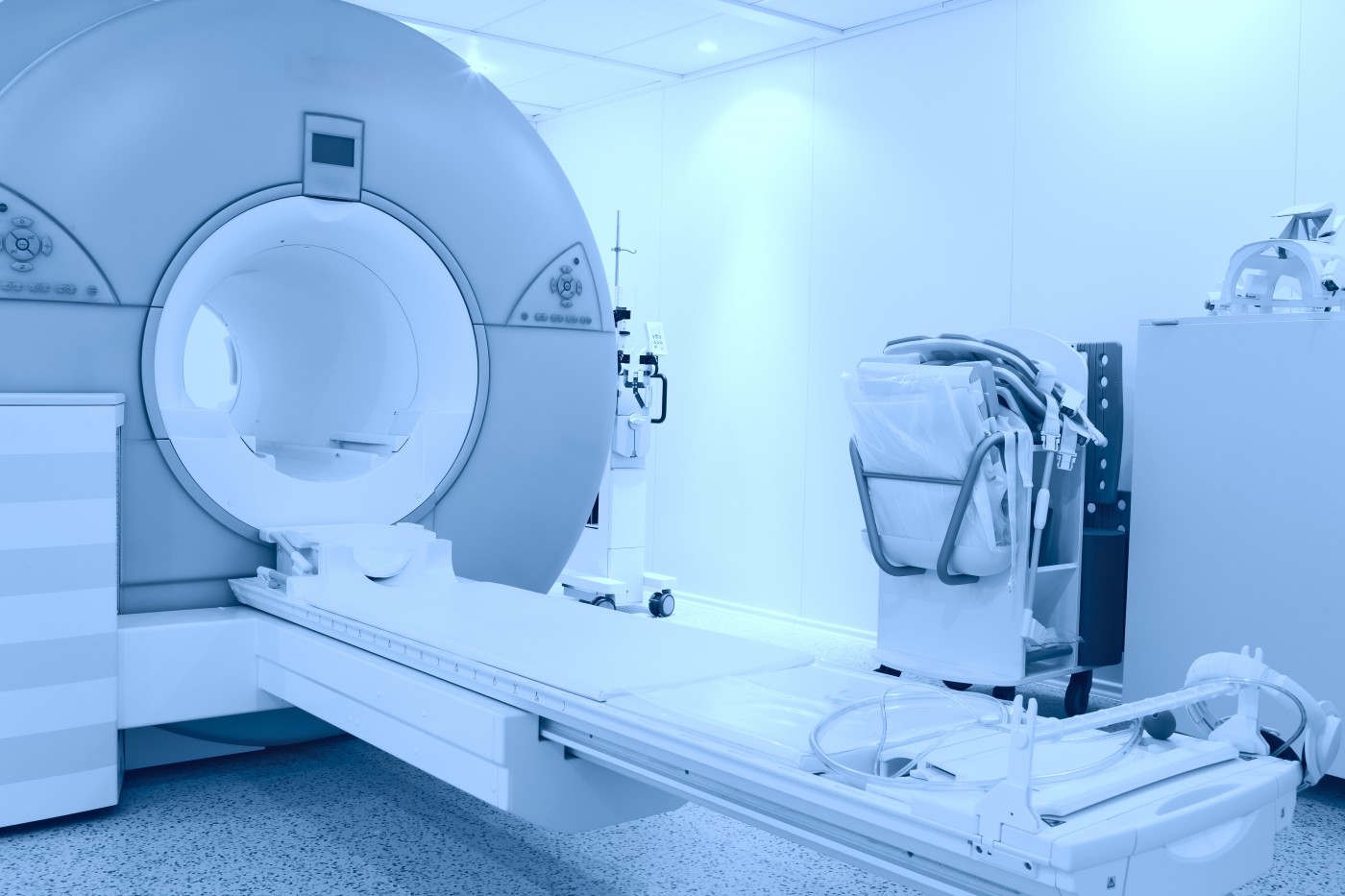Results from the first large international study to explore late effects of a combined brachytherapy form to treat cervical cancer have shown that the procedure is effective in delivering higher doses of radiation to the tumor without causing late adverse events.
Brachytherapy is a form of radiotherapy that involves placing a radioactive source near to, or precisely within the tumor. It is usually performed following an MRI or CT scan and targets the exact position of the cancer, also termed image-guided brachytherapy (IGBT).
During intracavitary (IC) brachytherapy, the applicator of the radioactive source is positioned in the vagina and the uterus, while interstitial (IS) brachytherapy involves placing needles in the tumor for radiation deliver.
According to a recent news release, in a presentation during the 3rd ESTRO Forum in Barcelona, Spain, Dr. Lars Fokdal (MD, PhD), a consultant at the Aarhus University Hospital, Denmark, stated, “Image-guided brachytherapy has transformed treatment for cervical cancer considerably, and dose adaptation and a combination of intracavitary and interstitial brachytherapy enable us to deliver radiation that is targeted at the tumor while avoiding other organs. However, although some centers are using IC/IS brachytherapy, there are concerns that the technique might increase the likelihood of adverse side-effects occurring three months or more after the end of radiation treatment.”
In a recent study, Dr. Fokdal and co-workers in France, Slovenia, UK, Austria, France, Ireland and The Netherlands enrolled a total of 731 patients with locally advanced cervical cancer into a study called “retroEMBRACE” that retrospectively examined IGBT as treatment for cervical cancer in about 800 women across 12 countries. Data analyses was performed in a group of a total of 300 patients from different institutions that received combined IC and IS brachytherapy and a group of 310 patients from different institutions that used brachytherapy alone.
“We found that combined IC/IS brachytherapy enabled us to deliver higher doses to the tumor without delivering more radiation to the bladder and the bowel. This meant that there was no increased risk in severe adverse side-effects three or more months later, but there is a better chance of a cure,” Dr. Fokdal explained. “These results show that combined IC/IS brachytherapy is a good treatment and should serve as a benchmark for future brachytherapy in cervical cancer.”
Bowel and bladder dysfunction are problems usually caused during radiotherapy for cervical cancer. In some rare cases these include loss of flexibility, drying or narrowing of the vagina or bowel or holes in the wall of the bladder, vagina or bowel. The grading ranges from 0 to 5 (no problems to death due to radiotherapy).
Results from the study revealed that after 40 months of follow-up (range 3 -163 months), there was no statistical difference between the two patients groups in gastro-intestinal, vaginal or late bladder grade 2 to 5 complications.
In those patients that received the combination of IC/IS brachytherapy, the results showed that 66% received high-dose rate brachytherapy, and 47% received the combination treatment with IC/IS. A total of 97% of those who received IC/IS had benefits from their doses of radiation with the aid of MRI scans. In comparison with those patients that were less likely to receive IC/IS brachytherapy, the dose of radiation in patients who received IC/IS was found to better target the area of the tumor, with results showing that 90% of the tumors received a 9Gy higher dose in comparison to the doses received by non-IC-IS patients. Nevertheless, these doses did not cause an increase in radiation doses to the bowel.
Professor Philip Poortmans, President of ESTRO, commented: “Dr Fokdal and colleagues show again that intensive close collaboration between high-level departments from several countries can help to extend our knowledge of how to further improve the outcome of our patients. This specific study of the EMBRACE network shows how the best results may be obtained by properly using the newest technical developments in the field of brachytherapy. Now, the next step is to teach these optimized techniques to all our other colleagues who treat locally advanced cervical cancer but do not yet use interstitial techniques as an addition to intracavitary ones.”


